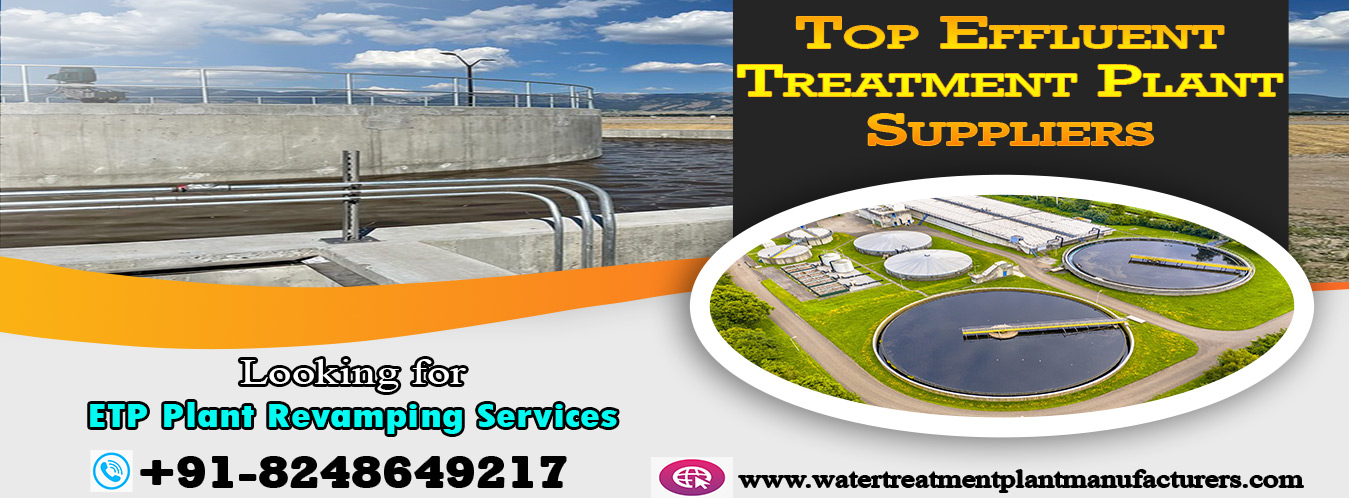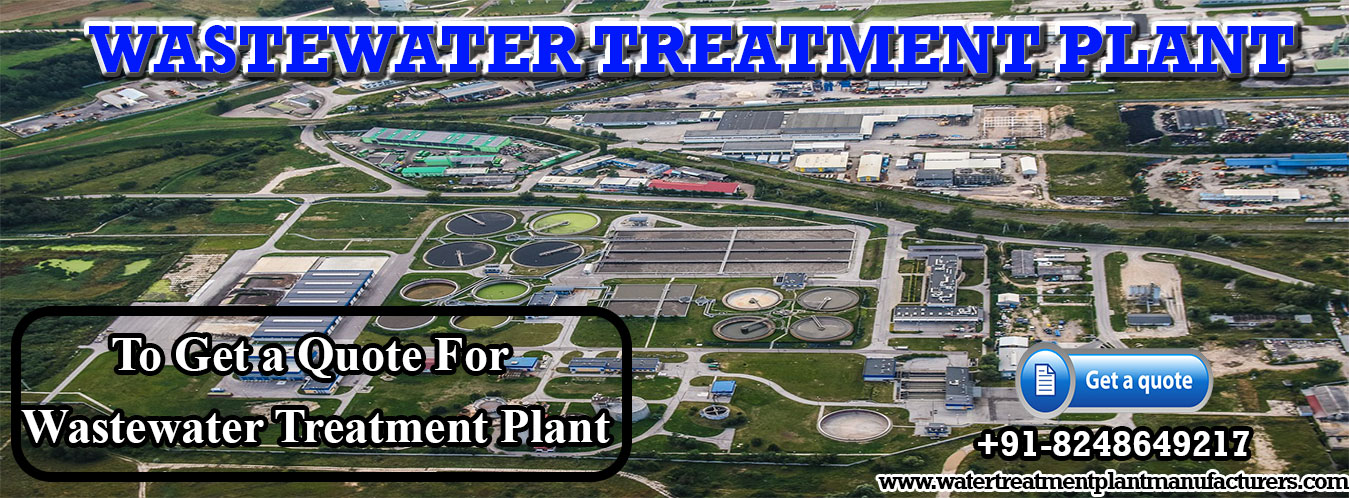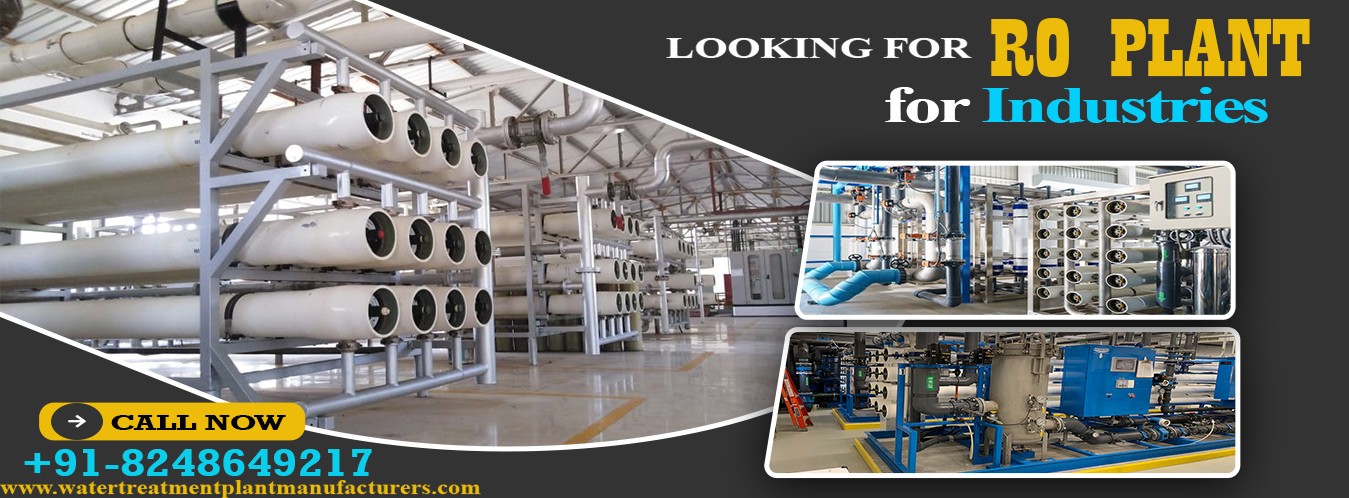
WELCOME
GJ WATER TECHNOLOGIES

WELCOME
GJ WATER TECHNOLOGIES

WELCOME
GJ WATER TECHNOLOGIES

WELCOME
GJ WATER TECHNOLOGIES
Zero liquid discharge (ZLD) plant manufacturers in Chennai is a plan approach to water treatment where all water is saved and contaminant are diminished to solid waste. While many water treatments processes Effort to maximize the healing of freshwater and minimize waste, ZLD manufacturers in Chennai is the most Challenging task because the cost and challenges of healing amplify as the wastewater gets more condensed. Saltness, measuring combination, and natural all amplify in concentration, which add costs associated with manage these amplifies. ZLD is accomplished by connecting together water treatment technology that can treat wastewater as the contaminants are focused.
ZLP Plant Manufacturers in Chennai is a treatment process for wastewater that is not discharged to the environment. Alternatively, the unit produces solid waste and treats it. As a result, the treated effluent is not accomplishment into the environment. It also sustains a zero liquid discharge system in Chennai. The environmental effect and cost of using a Zero Liquid Discharge plants in Chennai are just some of the advantages of this system. A ZLP Plant in Chennai engineering approach to wastewater treatment that retrieve all the water from installation. As one of the best ZLD suppliers in Chennai, zero liquid discharge systems in Chennai also diminish impurity to solid waste.
In Zero liquid discharge plant in Chennai even a single down of water is not permitted to discharge. Our most modern Zero liquid discharge plant manufacturers in Chennai have more than 98% water healing. We have successfully absorbed most recent technologies and come up with best results. If we see many industries like mining and petrochemicals so these kinds of industries are manufacture a lot of wastewater in the environment. ZLP Plant Manufacturers in Chennai is the best way to treat the fluid waste from the water and also it could be perfect solution for the environment.
Zero liquid discharge plant manufacturers in Chennai which is designed to repair almost all the water from industrial processes, including after only the solid waste, or a small volume of focused sea water. ZLP Plant design in Chennai are the process which uses the following alloys for the treatment of the wastewater, and to save the maximum of the treated water while discharging the bare minimum waste after treatment.
Pre-treatment: The pre-treatment is to eliminates any large particles, oil, and other contaminants present in the wastewater. So, it’s the step to separate the contaminants from the wastewater.
Concentration: In this phase, the wastewater is focused by the process like evaporation or reverse osmosis to diminish the water volumes.
Crystallization: As the word crystallization refers the solidification of the water, in this step the focused water is further treated to produce solid crystals, which can be disposed of.
Brine management: The brine management is the last step to Zero liquid discharge plant manufacturers in Chennai. In this step the focused brine, which contains most of the dissolved solids from the wastewater, is treated further to diminish its volume and retrieve valuable salts.
ZLP Plant Manufacturers in Hyderabad designs are established on membrane technology. Membranes can divide a variety of complex fluid mixtures and can recycle solvents in Zero Liquid Discharge Systems. These systems often result in zero liquid discharge and are costlier. This is because these wastewater recuperation systems use a complex process to divide predictable Solutes from their solvents. The liquid is then filtered to recover the solute and eliminate all contaminants. The Zero liquid discharge plant design consultant in Salem permits for the recycling of wastewater in many industries. Zero liquid discharge system designs recover as much water as feasible for reuse and recycle it as a valuable by-product. In addition to recovering water, ZLP Plant design consultant in Salem also minimize the environmental footprint affiliated with wastewater disposal.
Zero liquid discharge plant manufacturers in Vijayawada process that assures that there will be no discharge of industrial wastewater into the environment with zero liquid waste. This ultimate treatment method has zero or nearly zero negative inserted the environment. This process is done by treating and handling the wastewater by recycling and then recuperation and reuse for industrial intentions. Therefore, ZLD process is a process of closed-curve with no discharge. ZLP Plant Manufacturers in Vijayawada is a form of superior wastewater treatment process which integrates Reverse Osmosis, Ultra filtration, evaporate/dehydration, and fractional Continuous Deionization (CDI). This process is done by handling the wastewater via recycling after which restoration and reusing for commercial intentions.
Zero liquid discharge plant design consultant (ZLD) in Madurai is one of the advanced systems for wastewater treatment, the ZLD use to treat the wastewater in way that the waste discharge is minimum while the amount of treated water coming out of the plant is maximum in compare to other ways of water treatment. The ZLD is the water treatment process which is designed to recover almost all the water from industrial processes, leaving behind only the solid waste, or a small volume of concentrated sea water.
Although all types of wastewater treatment is the way to eliminate the contaminants and minimise the pollutants present in the wastewater, so that the pollution could be diminished and while discharging the treated water. The ZLD came up as an advanced way to treat the wastewater so that the amount of discharged water could minimized.
Environmental Compliance: The ZLP Plant design consultant in Karnataka assists industries and commercial plants to meet the strict environmental laws and regulations by eliminate liquid waste discharge.
Resource Recovery: The Zero liquid discharge plant manufacturers in Andhra is the best way to save the fresh water sources as well as the underground water sources. The places having water scarcity can use the ZLD system which assists in maximum utilization of the water by living minimum discharged wastewater. We can use the treated water in domestic needs or for irrigation intention and by doing this we are not only saving the water resources but also the electricity.
Water Conservation: Conservation of water is one of the necessary requirements of humanity and ZLD is the best plausible way to save maximum water.
ZLP Plant Manufacturers in Andhra is a water treatment system approach where all water is retrieved during treatment and a solid waste is prompted. A range of technologies can be used to accomplish ZLD, with many spinning around sending a concentrated liquid waste to an evaporator/crystallizer. Associating the gap between minimum and zero liquid discharge is usually the most premium part of the project in terms of capital and operating costs, making alternative flow sheets which can elude thermal evaporation highly attractive.
Progressing a Zero liquid discharge plant design consultant in Trichy needs careful planning and analysis. There is no “one-size-fits-all” solution, as each site has its own unique set of factors. The outstanding system is site-specific, contemplating the type and composition of waste water, different streams to be treated, operating costs and accessible footprint. In progressing a zero liquid discharge system, waste water is treated and recycled within the system. ZLP Plant design consultant in Trichy technology can be specifically energy-efficient if the system is generated by renewable energy sources. Further, ZLD systems can be a good fit for large-scale chemical creation plants. The process for focusing Zero liquid discharge plant manufacturers in Tada Sricity intrigues pre-treatment, concentration, and thermal treatment. During this process, wastewater is prepared using membrane technologies such as electro dialysis and reverse osmosis.
ZLP Plant Manufacturers in Mysore process that assures that there will be no discharge of industrial wastewater into the climate with zero liquid waste. This excessive treatment strategy has zero or almost zero negative impingement the climate. This cycle is completed by treating and dealing with the wastewater by reusing and afterward rehabilitation and reuse for industrial purposes. In this manner, ZLD process is a pattern of shut bend with no discharge.
Zero liquid discharge plant design consultant in Mysore is a type of paramount wastewater treatment process which centralizes Switch Assimilation, Ultra filtration, Evaporating/Vaporization, and fragmentary Persistent Deionization. This cycle is completed by dealing with the wastewater through reusing after which rebuilding and reuse for commercial purposes.
• Brought down squander volumes decline the expense related with squander the executives.
• Brought down squander volumes deny the expense associated with squander the administrators.
•Reuse water close, bringing down water protecting expenses and chance. Reusing close can also bring about less treatment requirements, as opposed to treating to compensate rigid ecological discharge guidelines.
• Diminish trucks associated with off-site squander water removal, and their associated ozone damaging substance effect and local area street episode risk.
• Enhanced on natural implementation, and administrative gamble profile for future allowing.
• A few cycles might recuperate important resources, for instance ammonium sulphate compost or sodium chloride salt for ice dissolving.>
The expression "zero liquid discharge" (ZLD) (ZLD) indicates to a specialized technique for treating water, in which everything water is recovered and pollutants are converted into strong waste. While many water treatment technologies contemplate to upgrade freshwater rehabilitation and limit squander, ZLP Plant design consultant in Tada Sricity is the most disturbing objective to accomplish, in light of the fact that rehabilitation expenses and challenges ascend as wastewater focuses rise. The mix of different water treatment advances, can deal with wastewater, presuming that the poisons are concentrated, bringing about ZLP Plant design consultant in India.
One more important motivation to consider Zero liquid discharge plant manufacturers in India is the potential for recovering resources that are accessible in wastewater. A few organizations target Zero liquid discharge plant design consultant in Kerala for their waste since they can sell the solids that are delivered or reuse them as a piece of their industrial cycle. In another model, gypsum can be recovered from mine water and pipe gas desalinization (FGD) wastewater, which can then be presented to use in drywall manufacturing.
"There are some commonly asked questions relative to water quality within a plant".
A ZLD plant is a wastewater treatment system designed to recover and reuse water while ensuring no liquid waste is discharged into the environment. It uses advanced processes like reverse osmosis, evaporation, and crystallization to achieve this goal.
India faces increasing water scarcity and strict pollution control norms. ZLD helps industries comply with environmental regulations set by the Central Pollution Control Board (CPCB) and State Pollution Control Boards (SPCBs), conserve water, and achieve sustainability goals.
Pre-treatment: Removes solids and adjusts pH
Reverse Osmosis (RO): Separates dissolved salts
Evaporators & Crystallizers: Recover water and convert waste into solid form
Brine Concentrators: Reduce volume of reject water.
Textiles & Dyeing
Pharmaceuticals
Petrochemicals
Power Generation
Food & Beverage
Distilleries
Tanneries
Costs vary based on capacity, wastewater composition, and technology used.
Small-scale plants may cost a few lakhs, while large industrial systems can run into crores.
Yes. The Central Pollution Control Board (CPCB) and State Pollution Control Boards mandate ZLD for certain industries. Compliance is essential to avoid penalties and shutdowns.
High capital and operating costs
Complex wastewater chemistry
Space constraints in urban factories
Need for skilled operation and maintenance
Consider the following:
Years of industry experience
Number of ZLD projects completed
In-house design and fabrication capabilities
References from previous clients
Compliance with CPCB norms and ISO standards
After-sales support and AMC services
ZLD systems do require regular monitoring, maintenance of membranes, evaporator cleaning, and sludge management. Most manufacturers offer annual maintenance contracts (AMC) for hassle-free operations.
Yes, ZLD systems can be retrofitted to existing plants. Expert consultants can help with feasibility studies, system integration, and phased implementation.
